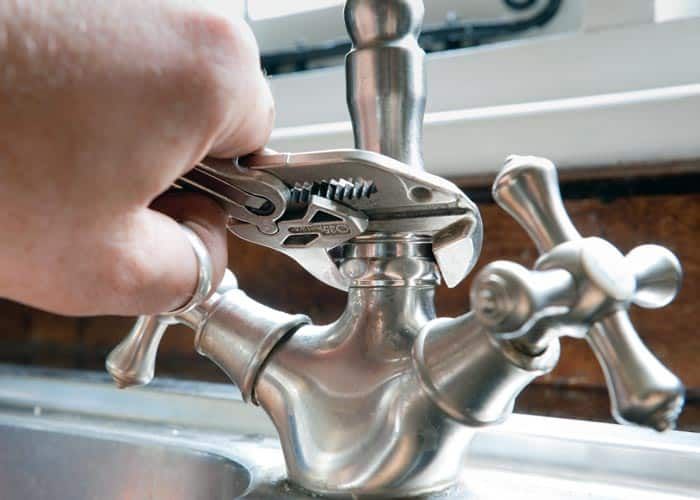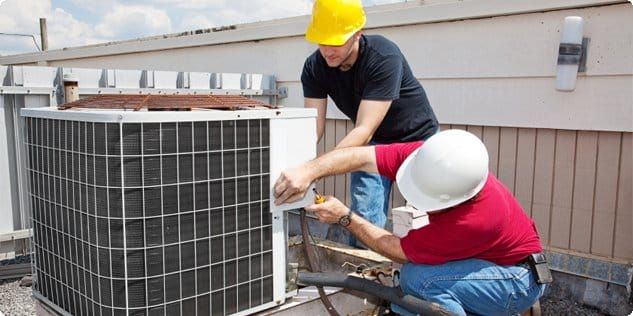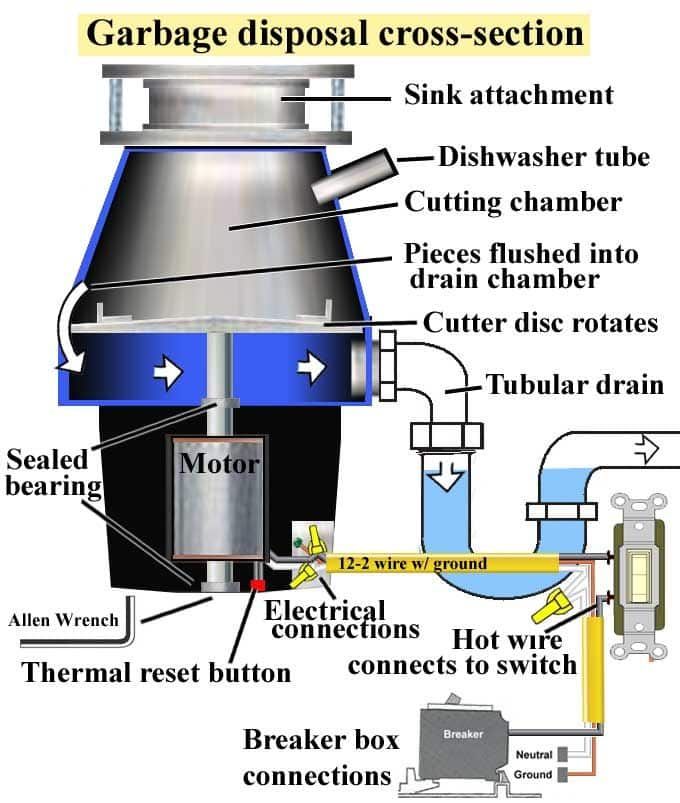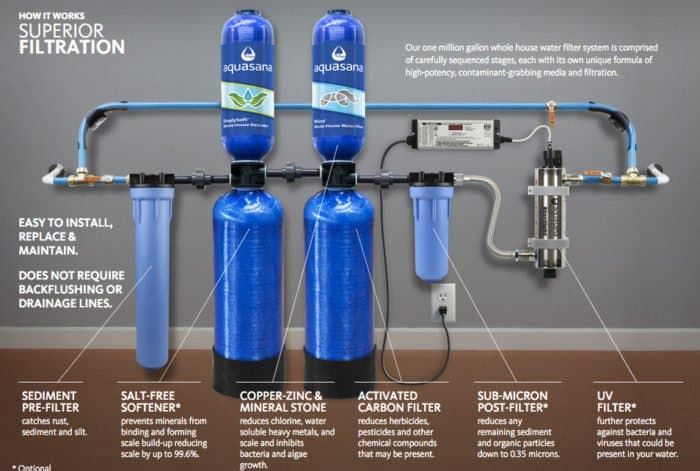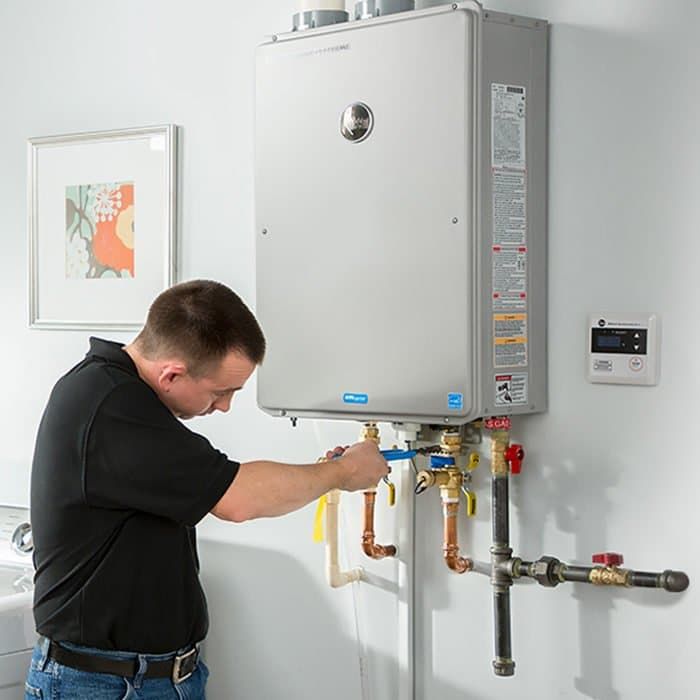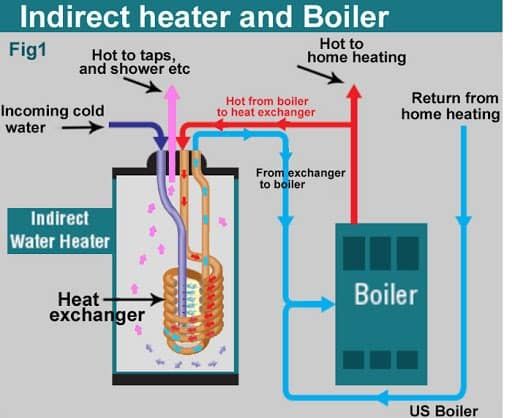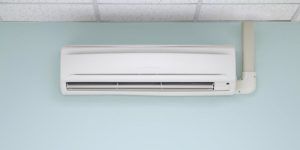How to Fix a Leaky Quincy Faucet
Learning how to fix a leaky Quincy faucet is an important step towards keeping your home’s plumbing in check. Leaky faucets can be a real headache. For one, it’s impossible to focus with that constant dripping sound in the background. Worst of all, you know each drip costs you money. Fortunately, fixing a leaky faucet is quick and in most instances, you don’t need to contact a Quincy plumber.
To fix a leaking sink, it’s important to have the right materials in hand and to follow the instructions properly. The upside of this task is that even the most amateur handyman/woman can tackle it. Plus, the time required is minimal.
Getting Started
To assess the rep[airs needed, you will need to know what type of faucet you have. Identifying the type of faucet that needs fixing is paramount if you want to avoid time wasted. You can identify the type of faucet you own by observing the hardware that makes up the faucet. For example, the numbers of handles or how the materials are placed.
Quincy Leaky Faucet Repair
It helps to be prepared. Here are some of the tools you may want to have on hand. The tools that are generally needed are adjustable wrenches, hex keys, and screwdrivers. In some sinks, you may need to pop off the H and C logo to see what type of screws hold your knobs in place.
Shut Off the Water Supply – Quincy Leaking Faucets
Once you have the correct tools, you are ready to fix your faucet. The next step in the process is to cut off the water supply. No one wants their bathroom or their kitchen flooded because of their sinks. Luckily, the water valve that controls water for your sink is located underneath the unit. Look underneath your faucet and check the pipes that run to it. Here you should see the valve you need to close.
Unfortunately, not all plumbing items have shut-off valves. In these instances, you need to shut off the water supply from the main. Normally, the main shut off valve is located on the outside of your home. In newer homes, there’s a shutoff valve inside the house as well.
To turn off the water supply to your sink, twist the valve counterclockwise. To clear the remaining water out of the lines, you don’t have to do anything. The remaining water will run down into the empty sink after you shut off the valve. Pay attention here, you should be able to see what part leaks. Also, it’s suggested that after emptying your sink, you leave it covered. This way you can avoid any tools from falling down the drain. Use a sink stopper or a small towel if available.
Remove the Handle
The second step is to remove the handles to get a better look inside of your faucet. The number of handles depends on the type of faucet you have. Most faucets are compression faucets that have two handles, one for cold and one for hot water. However, if you have a faucet that has only one handle, it is not a problem since they are composed of the same parts inside.
Quincy Sink Repair
The handle could have a set screw, behind, in front or on the sides. Locate the screw, and with the appropriate tool that matches the screw, turn it to the left to remove. This takes patience due to the uncomfortable position of the screw. After loosening the screws, pull the handle free and set it aside. You are now going to find yourself with a packing nut that is before the cartridge.
Remove the Cartridge – Quincy Leaking Faucets
Removing the handle was simple enough and so is getting to the cartridge. Use a crescent wrench to loosen the packing nut at the base of the handle. A couple of turns should loosen it quickly. Remove and set aside. The faucet cartridge is now revealed and ready for removal.
The next step is to gently pull the cartridge straight up and out of the sink. The cartridge is supposed to come out with an easy pull. In some cases, it’s required to remove the cartridge with a special tool. If possible, reference the manufacturer’s instruction manual online if you encounter this issue.
Setting up a New Cartridge
The easiest way to find the right replacement is to know the faucet’s manufacturer and serial number. Don’t stress if you can’t find this information. In that case, take the cartridge that you removed to your local plumbing supply store or contact Trust1 Services. We can help you quickly find the correct one. This strategy helps you to avoid purchasing the wrong part.
Congratulations, you’ve dealt with the problem, now it is time to install the solution. Inspect the areas around the ring and check for any damages or worn out parts. Replace those, clean and dry the area around the housing with a cloth. After obtaining your new cartridge, insert it making sure it is aligned correctly.
Quincy Leaky Sink Repair
Reattach Parts – Quincy Leaking Faucets
You have finally replaced your cartridge. Now, the last step is to reassemble your repaired sink. Place the packing nut on top of the cartridge and tighten it with the crescent wrench. Don’t overtighten the packing nut just in case. Reattach the handle and set it with the screw.
Now it’s time to turn the water back on and find out if the task is completely done. Go back underneath the faucet and turn the water line back on. Test out your faucet and run water for a few minutes to ensure that there is no more leaking.
Quincy Leaking Faucets
Trust1 Services understands you work hard for your money. That’s why we offer no-hassle pricing and top quality service. Contact us today for all of your Quincy plumbing needs.
The post How to Fix a Leaky Quincy Faucet appeared first on Welcome to Trust1 Services.
